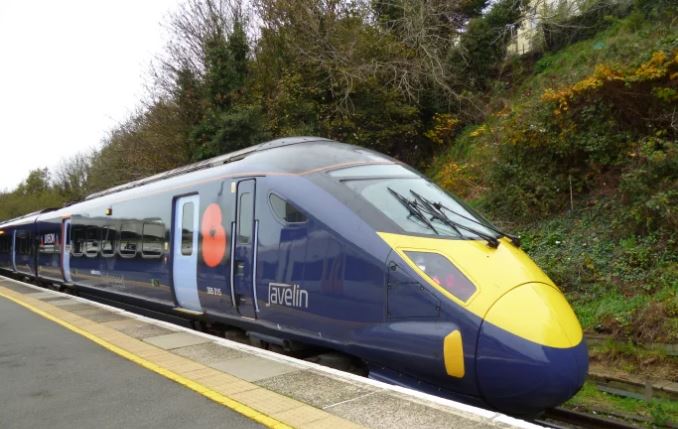Much like the winter conditions can cause disruption to air and road travel, the railways can be affected by freezing temperatures, snow and ice and high winds. Wintery weather can cause significant disruption and train operators need to plan ahead in the winter months. People will rely on train travel during the winter months, so what steps are being taken to ensure that journeys are completed on time and safely?
Heating Strips
One of the most important measures that is taken to keep the train running smoothly and safely during the winter months is the use of heating strips. There is more than 100km of heating strips placed on critical sections of the electrified third rail, which can prevent ice from forming on the tracks – this has reduced ice-related incidents by nearly 80%.
Protective Cover
There have also been 4,000 points that have protective cover added during the winter months to provide shelter to the tracks. Additionally, 2,500 points motors are used to keep snow out and prevent ice damage.
Fencing
You will notice on many of the major and most popular train routes that there is fencing put up that can provide important shelter and prevent snow from being blown onto the tracks.
Winter Fleet
There is also a specialist fleet of winter vehicles that will keep the tracks free from snow and ice so that there is minimal disruption to the train service. This includes snow ploughs, hot air blowers, steam jets and more. In addition to this, there are thousands of staff that patrol the tracks 24/7 and will clear snow and ice from tunnels and junctions. Remote temperature monitoring and a helicopter fitted with thermal imaging can also help to identify areas of the track that need attention.
Winter Preparedness
There is also a winter preparedness regime that is in place from September on the Network Rail. This involves using detailed forecasts from weather experts to create local action plans to minimise disruption paying attention not just to the tracks but also conductor rails and overhead power lines. Contingency plans are also developed that will keep passengers moving even if there is an issue.
These are a few of the measures that are taken during the winter months that ensure that rail travel remains safe and reliable even during extreme weather periods. All forms of travel have their risks in winter, but train travel is often the safest and most reliable thanks to the hard work from train operators.




